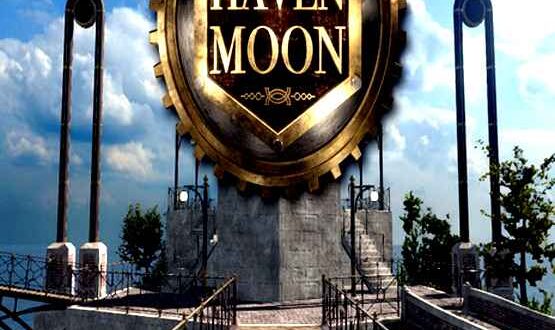


But for the few nights around the Harvest Moon, the Moon seems to rise at nearly the same time: just 25 to 30 minutes later across the northern USA, and only 10 to 20 minutes later farther north in Canada and Europe.Īdditionally, the Harvest Moon rises at sunset and then will rise very near sunset for several nights in a row because the difference is at a yearly minimum.Usually, throughout the year, the Moon rises an average of about 50 minutes later each day.There are just a little over 12 complete Moon cycles every year, on average (there being about 29.53 days in a synodic month). The Harvest Moon isn’t like the other Moons. This results in an abundance of bright moonlight early in the evening, which was a traditional aide to farmers and crews harvesting their summer-grown crops. Why Is it Called the Harvest Moon?įor several evenings, the moonrise comes soon after sunset. However, it occasionally lands in October instead, replacing the full Hunter’s Moon. The Harvest Moon does typically occur in September, taking the place of the full Corn Moon. Instead, the Harvest Moon relates to the timing of the autumnal equinox(September 22, 2022), with the full Moon that occurs nearest to the equinox being the one to take on the name “Harvest Moon.” This means that the Harvest Moon can occur in either September or October, depending on how the lunar cycle lines up with the Gregorian calendar.

One thing that sets the Harvest Moon apart from other full Moon names is that it’s not associated with a specific month, as the others are. EDT on Saturday, September 10 (it will be below the horizon at this time, however). This year, the brilliant Harvest Moon first appears in the evening of Friday, September 9, before reaching peak illumination at 5:58 A.M.


 0 kommentar(er)
0 kommentar(er)
